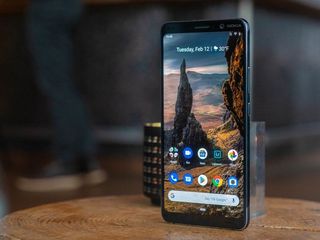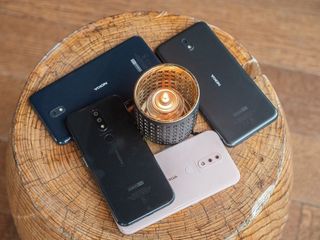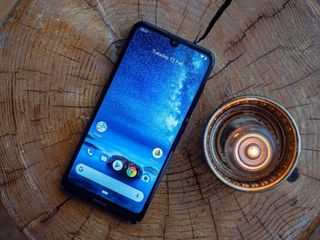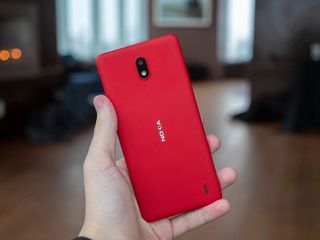Nokia 9 PureView hands-on: Would you like a phone with that camera?

You have to credit HMD Global for its success rate since it brought Nokia's smartphone brand back from the brink of death in late 2016. By the time its first Android phone, the Nokia 6, emerged in January of 2017, it was clear the company was onto something.
By the end of 2018, with over a dozen handsets under its young belt, the reputation had been earned: Nokia was back.
At MWC 2019, the Nokia brand is on four new Android phones, including an ambitious and confounding flagship that, if it works, stands to be one of the best camera phones ever made.
Nokia 9 PureView

Nokia doesn't throw the PureView name around lightly, and that's because it's associated with Lumia phones that even today maintain a legacy not just over great photo quality but of attention to software detail that professionals appreciate.
Nokia 9 PureView is not just the first of HMD's Android phones to use the label but it stands, at least for now, as the company's flagship product. The call to action here is its five-camera setup on the back, an ambitious collaboration between HMD itself, lens maker Zeiss Optics, American multi-lens camera startup Light, and Qualcomm.
Qualcomm comes in because HMD worked with the chipmaker to optimize last year's Snapdragon 845 to work with five rear cameras — the platform technically only supports three — and to utilize them in interesting and useful ways.




For starters, all five sensors are nearly identical: 12MP with f/1.8 lenses. There are two for capturing color and three for black-and-white, optimizing for light pickup because monochrome sensors can capture up to three times the light as RGB ones.
Be an expert in 5 minutes
Get the latest news from Android Central, your trusted companion in the world of Android
Technically, this allows photos with up to 60 megapixels of actual data, but the fun starts after the shot is taken: unlike most phones that can capture between three and seven focal planes, which means that there's very limited data available in post-processing for adjusting depth information. The Nokia 9 can capture an insane 1200 focal planes, which allows for a much more granular set of adjustments. That there's presumably more light captured in dim indoor environments anyway, thanks to the five sensors, makes potential portrait or bokeh shots even more enticing.
The phone itself isn't too shabby, either: aside from the still-very-capable Snapdragon 845 platform, there's 6GB of RAM and 128GB of storage standard, and the phone is made with Nokia's standard well-machined aluminum body. The back slopes slightly to meet the slim bezels, and while there's no dedicated camera button on this photography-forward phone, the 6-inch 2K OLED display is plenty sharp and delightfully colorful, and color-accurate, with HDR10 support.
Aside from the older chip, you'll find many 2019 amenities on board here, including an optical in-display fingerprint sensor, a 3320mAh battery, Qi wireless charging and fast wired charging support, and an Android One version of Pie.
You'll be able to pick up the Nokia 9 PureView later this year for a very reasonable $699.
The rest of the pack: Nokia 1 Plus, 3.2, and 4.2

Alongside the Nokia 9, the company's mid-range lineup is receiving a bit of an overhaul, too.
At the higher end, there's the Nokia 4.2, which features a 5.7-inch 720p 19:9 display, a Snapdragon 439 processor, between 2 and 3GB of RAM, 16 or 32GB of storage, and dual 13MP rear cameras.


Nokia's also working with Google to integrate a dedicated Google Assistant button on the side of the phone, allowing owners to quickly check their Google Feed or activate Assistant's walkie-talkie mode by holding the button down.

Similarly, the bigger, cheaper Nokia 3.2 has the Assistant button, too, but trades the dual cameras for a larger 6.26-inch 720p display, the glass back for plastic, and drops the processor to a Snapdragon 429. There's also a 4000mAh battery inside, too, for markets where phones are people's primary computer.

Finally, the Nokia 1 Plus run Android 9 Pie Go Edition, and aims straight at the sub-$100 budget market with a removable 2500mAh battery, a MediaTek processor, and just 1GB of RAM.
Daniel Bader was a former Android Central Editor-in-Chief and Executive Editor for iMore and Windows Central.
